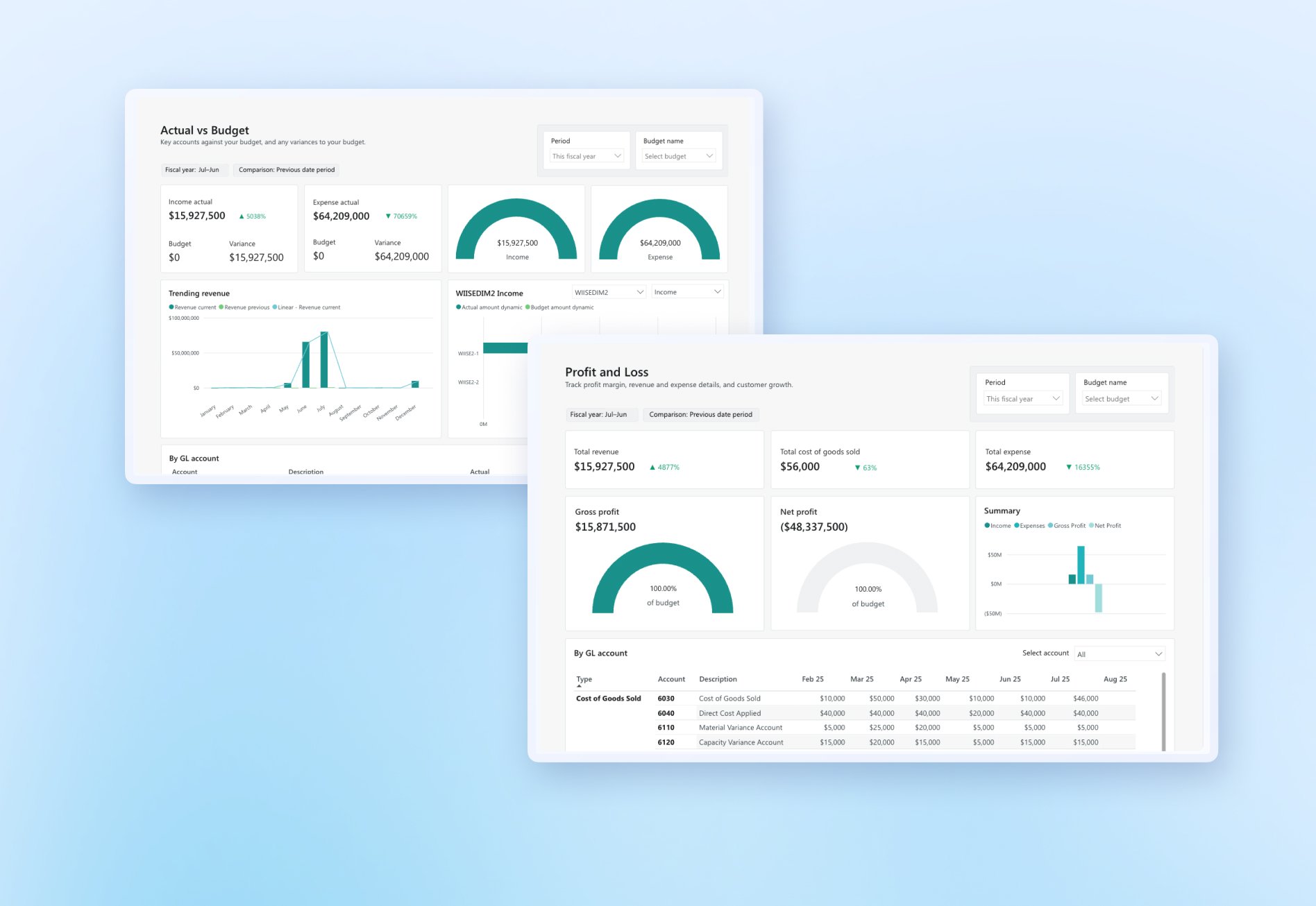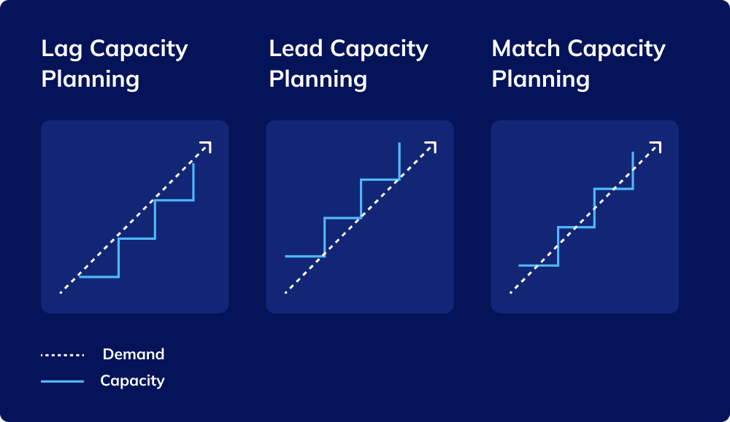Many organisations are thinking about moving to the cloud. But what are the signs you are ready, and what are the reasons to move?
Your business may be currently using an on-premise solution. You’ve been using it for some time and people are familiar with it. But since the acceleration to digital over the past few years, you may need more flexibility.
The perils of on-premise
On-premise software has several disadvantages. It isn’t continually supported and updates aren’t always regular. This means businesses won’t always have access to the latest features and capabilities. If you need a feature urgently, it takes a lot longer to do a custom build for, instead of getting additional features included in quarterly updates.
Worse, there’s the risk of your software eventually getting discontinued altogether. Then you’re stuck with a solution that isn’t going to get further upgrades. Your hardware is ageing, modern operating systems may no longer support legacy software, and time is running out. Meanwhile, your competitors have already moved to cutting-edge, cost-effective cloud-based systems and can manage their operations and deliver a much more seamless customer experience.
There’s also a host of things that you need to manage with on-premise, such as the cost and complexity of maintaining on-premise servers, including back-ups and security. These costs are capital expenditure (CapEx), and can often be unpredictable.
Perhaps it’s time for your business to make the move to the cloud. Try this five-point checklist:
- Is it expensive to update your existing software and hardware?
- Do you need to reduce risk?
- Do you have real-time data to inform business decisions?
- Do your customers know what they can buy from you at all times?
- If one person is away, do all your processes stop?
The benefits of cloud
Moving to the cloud has advantages for every part of your organisation. You get real-time data, which enables much more accurate decision-making.
Operations are streamlined with repetitive manual tasks automated, allowing your team to spend time doing stuff they love. It can be accessed anywhere, on any device, at any time, so it’s ideal for new ways of working such as remote and hybrid work.
Cloud-based software is also future-proofed. Because it gets regular security updates and upgrades - all handled by the provider - you always have the very latest protection.
It’s also more cost-efficient, as it no longer requires the purchase of hardware, software or annual maintenance fees.

Wiise: 5 big advantages
Although moving to the cloud seems like a huge undertaking, you don’t have to do it all at once. Cloud migration is a journey that starts with careful planning. As KPMG observes, "the transition to the cloud requires strategic insight and agility".
By implementing the cloud in stages, you can ensure business continuity and uninterrupted operations. Services don’t have to be switched off, just switched over.
With a partner like Wiise to help you transition, you can plan an incremental approach. This is typically more successful and less stressful than trying to do it overnight. This gives you time to train staff through the change and optimising new workflows and processes.
And even before you reach the finish line, you’ll start enjoying some of the benefits that Wiise offers:
Single source of truth:
With Wiise, you get one trusted system to manage sales, customers, pricing, payroll and, bank feeds. This enables you to streamline purchase orders so you can process even more transactions fast, and grow revenue.
Calculate costs accurately:
The platform also calculates landed costings, which can be complex. From insurance and shipping costs to clearing charges and port duties, it’s a lot of fast-evolving information. Managing landed costs in Excel spreadsheets is not only time consuming but can also be error prone, with multiple team members manually adding data. A cloud-based ERP system like Wiise handles these calculations for you, so you can focus on more critical work.
Cost-efficient:
As cloud-based software, Wiise is a managed service. We add new functionality at no cost - there’s no need to pay for upgrades as it’s all automated. You’ll also save on hardware and associated maintenance costs, as there’s no infrastructure to maintain. Costs are more predictable by move from capital expenditure to operating expenditure and have less financial risk.
Seamless integrations:
Because Wiise is built on Microsoft, there’s native integration with the whole ecosystem. You can work with the everyday tools you know, such as Sharepoint, Teams and Power BI, as well as connect with e-commerce systems such as Shopify and Square.
Security and data protection:
In these days of rising cyber threats, security is a top priority. Our data is housed within Australia in Azure, and we’re ISO certified with multi-factor authentication.
It’s easy to make the move with Wiise to a modern cloud solution that gives you a single view of your operations in real-time and drives business success. We’re happy to discuss any questions you have - just get in touch to find out how we can help your business.
Ready to learn more?
Book a demo call with one of our friendly team members.



